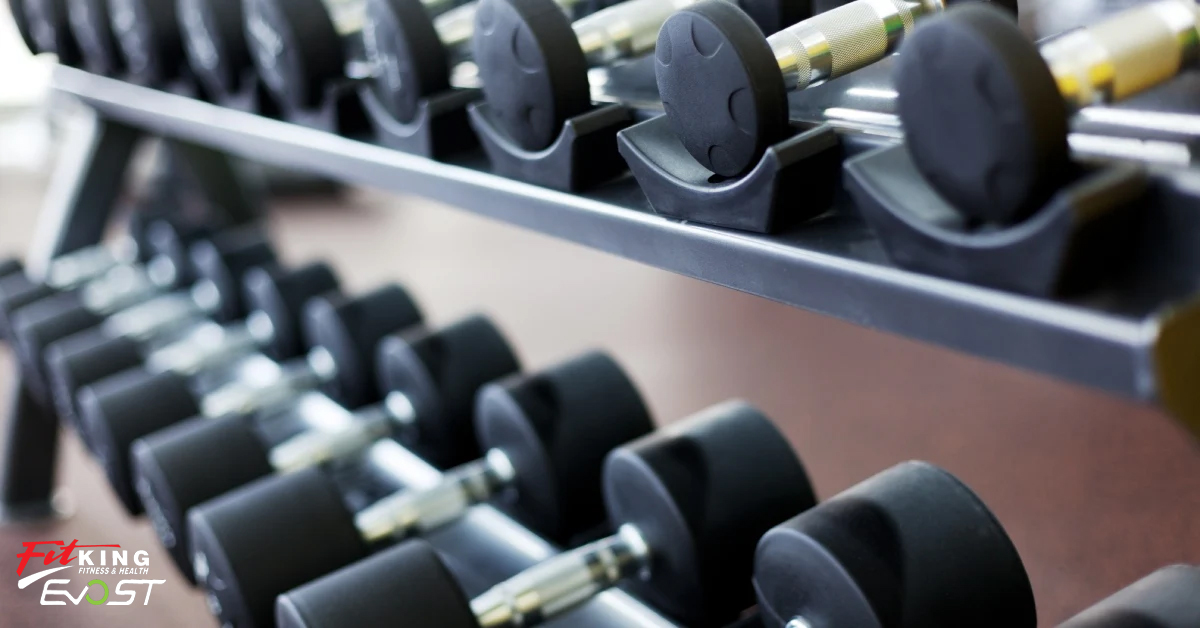
In the world of commercial and home fitness, materials matter just as much as design. One of the most significant advancements in gym equipment manufacturing has been the widespread use of polyurethane. Known for its durability, resilience, and high performance, polyurethane has become a preferred material across various types of fitness equipment, from weight plates and dumbbells to seating pads, rollers, and cable coatings.
Polyurethane is a synthetic polymer that offers a unique combination of flexibility and strength, making it ideal for the tough conditions of commercial gyms and training centers. Unlike traditional rubber or PVC, polyurethane delivers superior resistance to abrasion, wear, and impact—qualities that are essential for equipment exposed to constant use. This material doesn't easily crack, fade, or degrade, which significantly extends the lifespan of fitness machines and accessories. As gym owners look for long-term value and performance, polyurethane has become a go-to solution in the construction of high-quality gym equipment.
One of the most popular uses of polyurethane in fitness is in the manufacturing of urethane-coated dumbbells and weight plates. These are designed to endure heavy drops and intense daily use while maintaining their sleek look and structural integrity. Unlike rubber-coated alternatives, polyurethane dumbbells do not emit a strong odor and are more resistant to scratching and chipping. Their noise-reducing properties also make them ideal for fitness facilities where a quieter training environment is preferred. As a result, many brands now promote urethane fitness equipment as a premium upgrade over conventional options.
Seating and padding in commercial gym machines also benefit greatly from polyurethane. The material offers excellent comfort and ergonomic support, while its closed-cell structure makes it resistant to sweat, moisture, and bacteria. This helps improve hygiene in shared fitness environments and reduces maintenance efforts for facility managers. Moreover, the use of polyurethane in grips, handles, and protective covers enhances both user experience and safety, offering a non-slip, wear-resistant surface that holds up over time.
In cable-driven machines and functional trainers, polyurethane plays a crucial role in the cable sheathings and pulley wheels. These components must function smoothly under tension and resist the friction caused by constant movement. Polyurethane coatings reduce wear on both the cable and the pulley, ensuring a consistent and safe operation for the user. This is particularly important in commercial gym equipment, where reliability is key to both performance and member satisfaction.
The popularity of polyurethane gym equipment has grown in response to the fitness industry's demand for high-performance materials that match the aesthetics of modern training environments. With its ability to retain shape, color, and performance over time, polyurethane offers a clear advantage in both function and design. Whether in strength training machines, free weights, benches, or even flooring tiles, this material has proven its value as a long-lasting and visually appealing solution.
As fitness centers continue to invest in quality and longevity, the role of polyurethane in equipment design is set to expand even further. Manufacturers are exploring new ways to incorporate this versatile material into their products, making it a key differentiator in a competitive market. For gym owners, choosing fitness equipment with polyurethane components means investing in durability, hygiene, and member satisfaction.
In summary, polyurethane has become a cornerstone of modern fitness equipment manufacturing. Its unique blend of strength, comfort, and resilience makes it an essential material for any gym looking to offer reliable, long-lasting training solutions. As the demand for premium fitness experiences continues to rise, polyurethane will remain at the forefront of innovation in the industry.